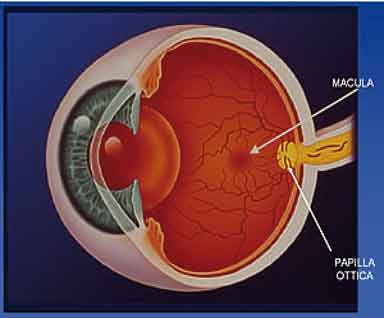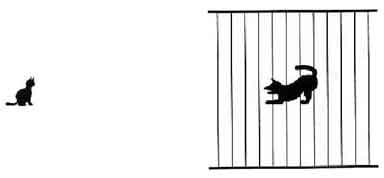The initiative focuses on glaucoma, an eye disease that affects almost one million people in Italy and about half of these people are not aware of their condition. In fact, glaucoma can be without symptoms until the later phases of the disease. According to the official data of the World Health Organization (WHO), it is estimated that glaucoma affects close to 55 million people, and that this number is increasing. WHO states that it represents, among eye diseases, the second cause of blindness in the world (10.1 % in 45 million people living with vision loss) after the cataract. The term “glaucoma” is identified with a group of diseases which can gradually lead to vision loss because of an irreversible damage to the optical nerve which transmits to our brain the images our eyes perceive. Glaucoma is often accompanied by an increase of the internal pressure in the eyes which is the main cause of damage to the optical nerve. If the pressure increases too much, it can damage the nerve fibers in the optic nerve. Usually, glaucoma affects both eyes and, as mentioned, it is not accompanied by particular symptoms, therefore, if it is not diagnosed and treated, it can “silently” contribute to the loss of sight. To preserve the health of our eyes, it is important to have an early diagnosis: this disease can be treated with greater success when it is diagnosed in its early stages. As always the best form of prevention is to regularly visit an eye specialist.
Sites of interest:
www.ministerosalute.it
www.pervederefattivedere.it
www.iapb.it
www.soiweb.it
Prevention is important, test your sight
The blind spot

If
we look straight at an object, we perceive that object together with
everything around it: the space that is perceived forms our field of
vision. To be perceived, the image is transmitted from the retina to the
brain through the optical nerve, a structure whose function can be
compared to an electric cable of millions of “wires”.
The blind spot is
the place in the visual field that corresponds to the lack of
light-detecting photoreceptor cells on the optic disc of the retina where
the optic nerve passes through it. Since there are no photoreceptors
(cones and rods) in the optic nerve head, this area of the retina cannot
respond to light stimulation, as a result nothing can be seen in that
area.
The reason we normally do not notice our blind spots is because,
when both eyes are open, the blind spot of one eye corresponds to retina
that is seeing properly in the other eye.
Here is a way for you to see
just how absolutely blind your blind spot is.
What to
Do
Completely cover your left eye and, with your
right eye, stare directly at the cat from a distance of about 65
centimeters. As you keep moving forward, the image of the dog disappears
completely because it has been imaged onto the blind spot of your right
eye.
